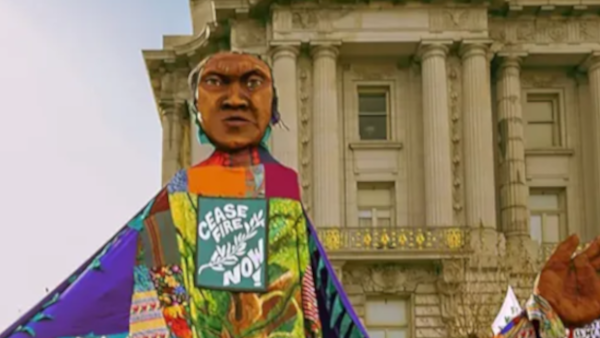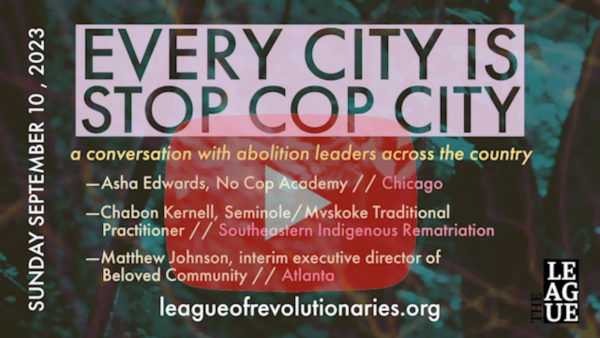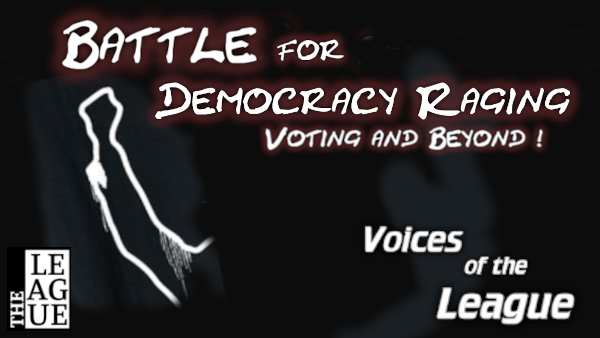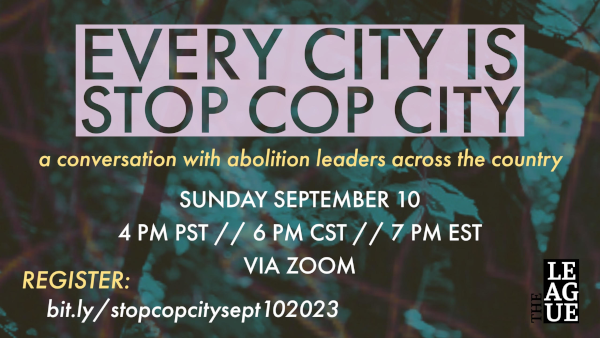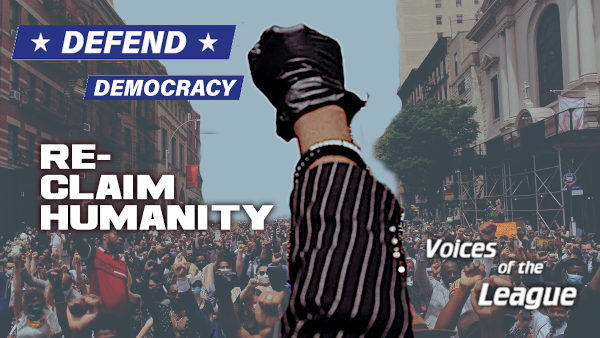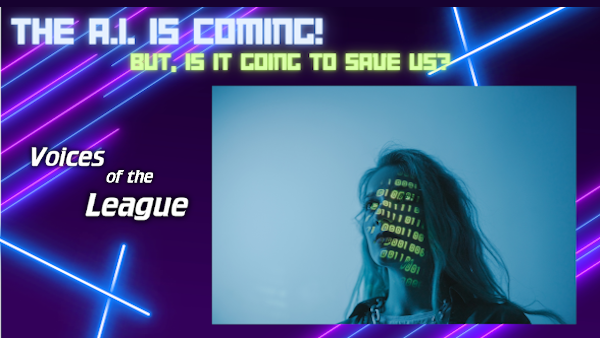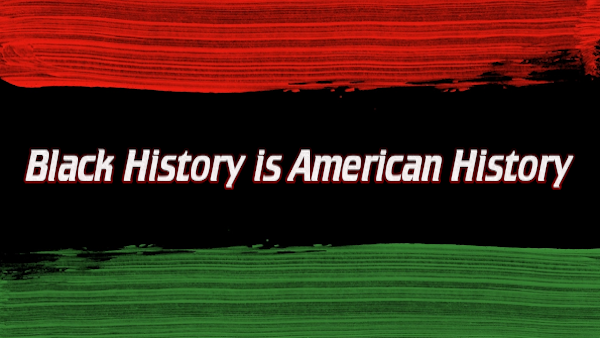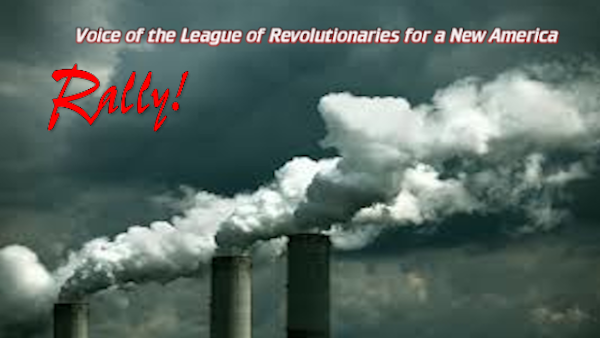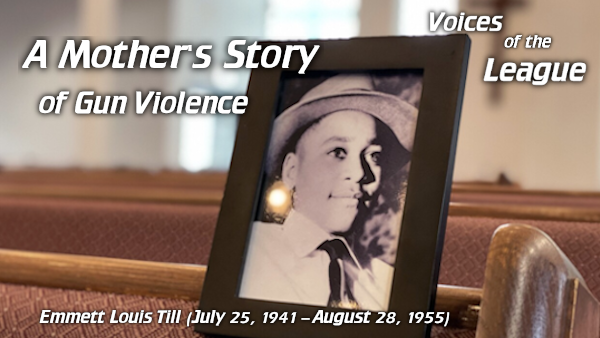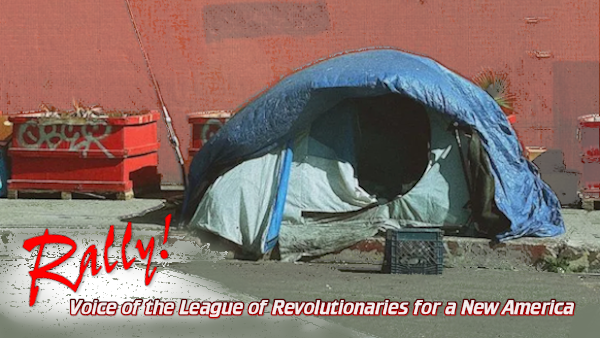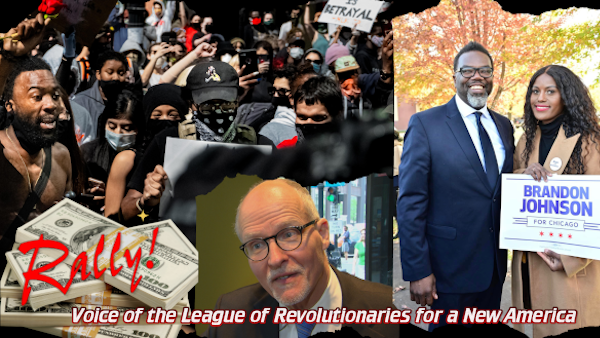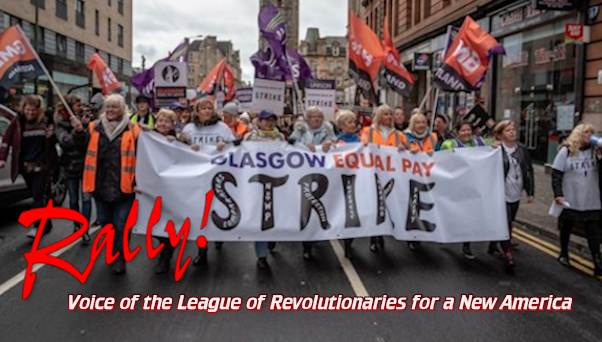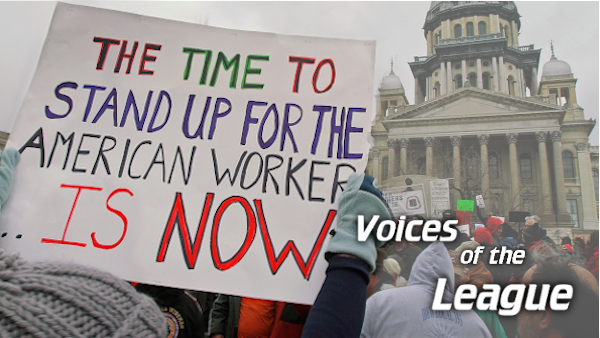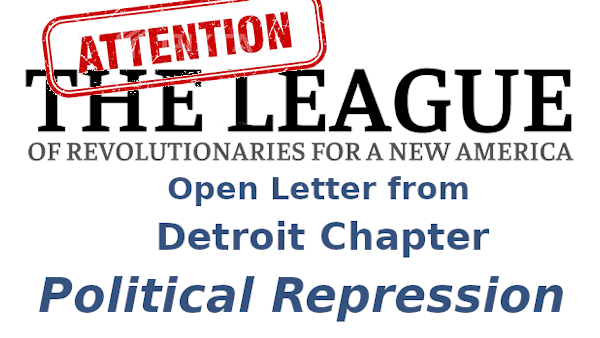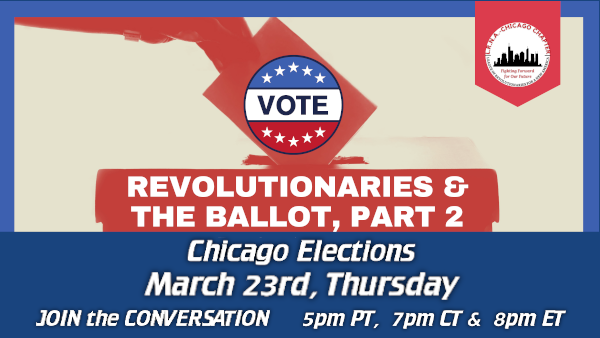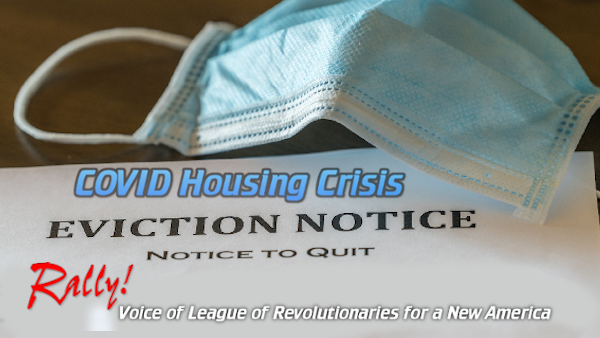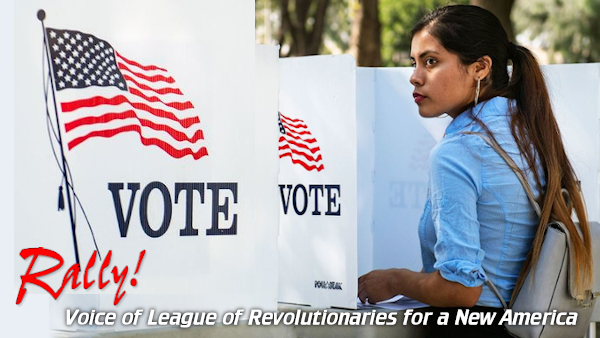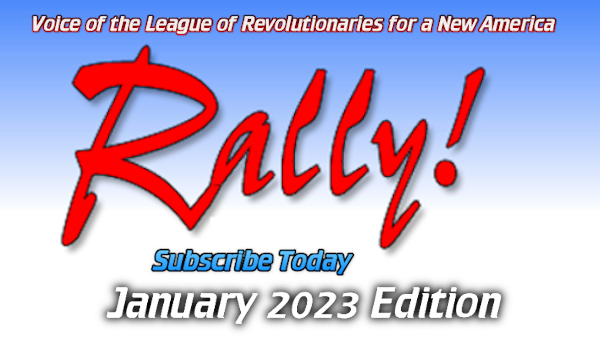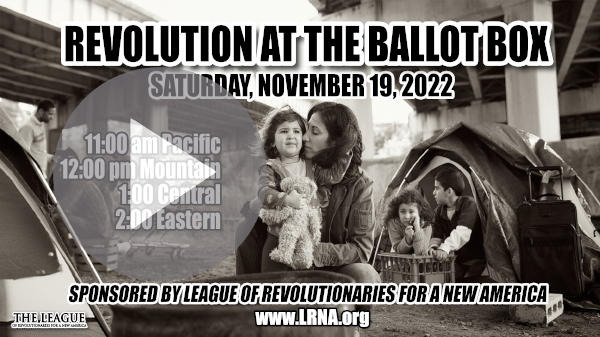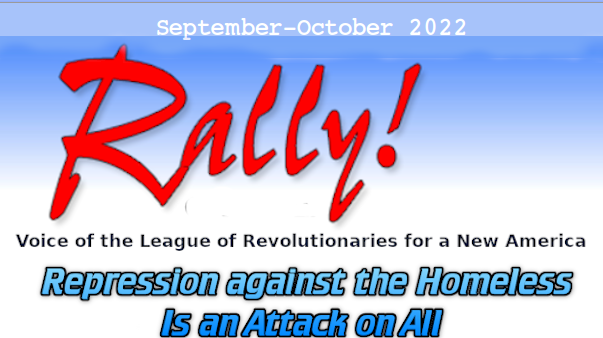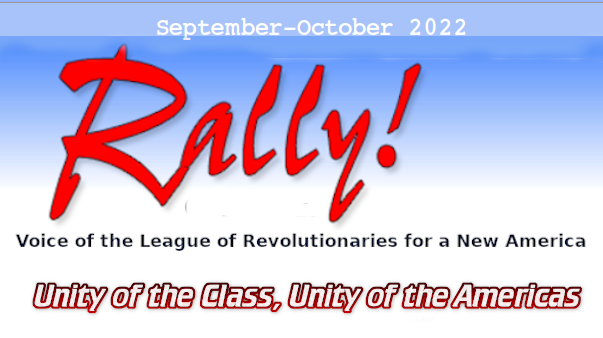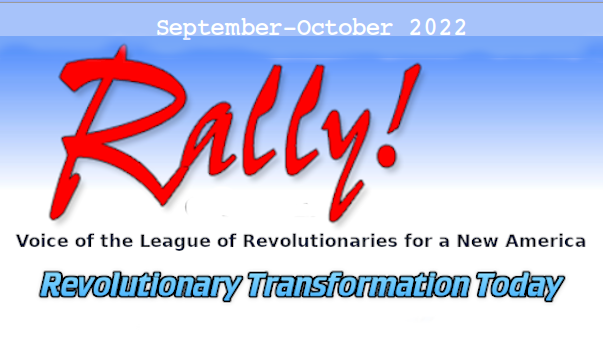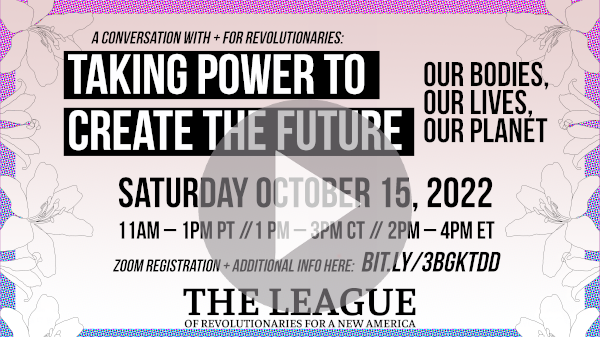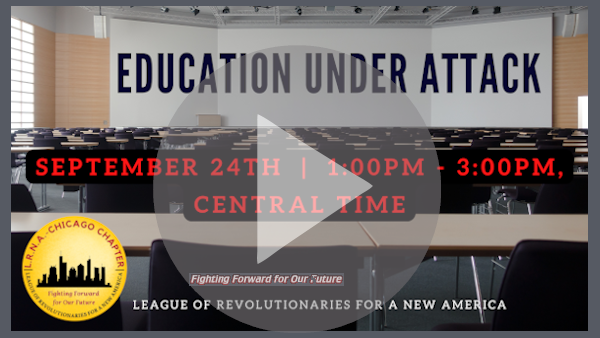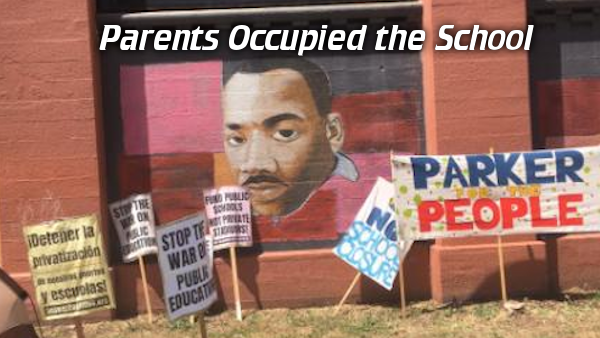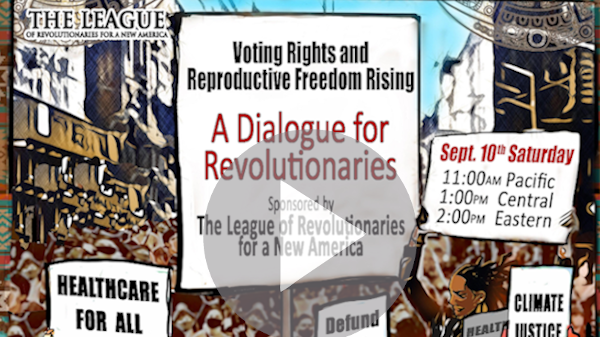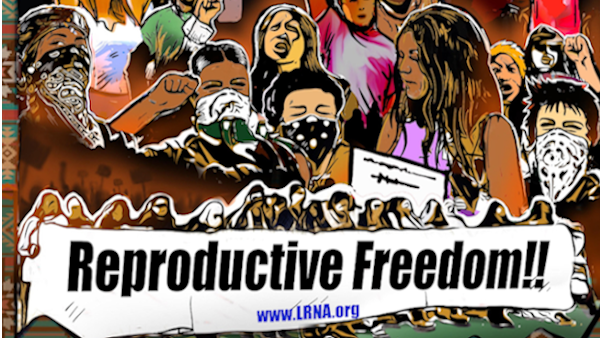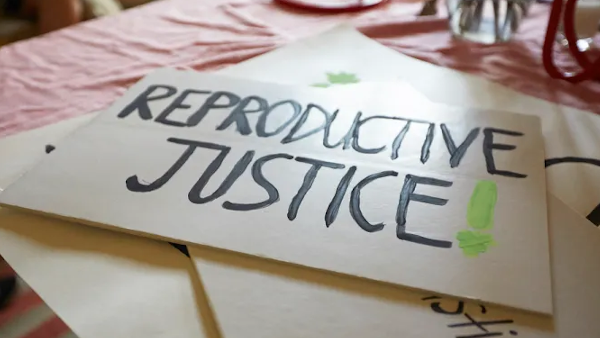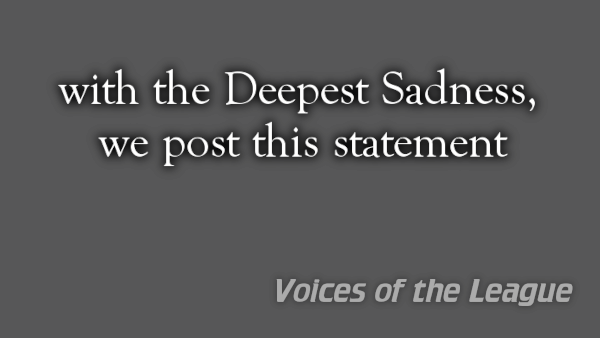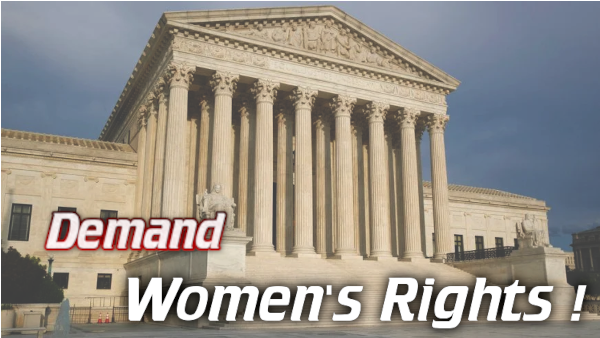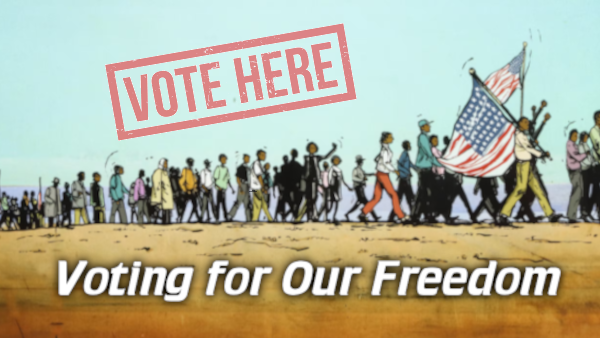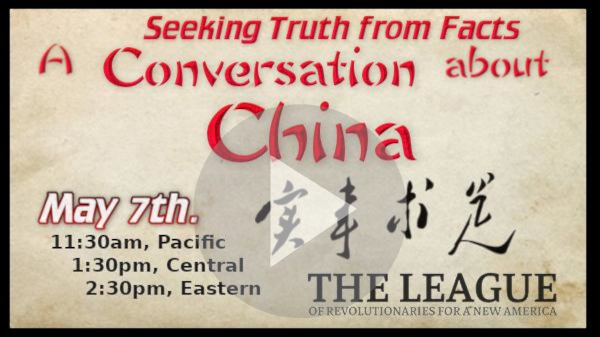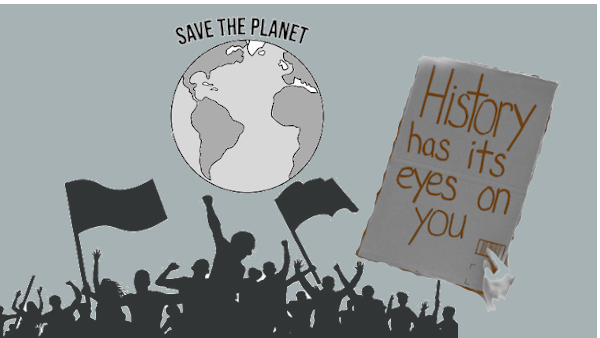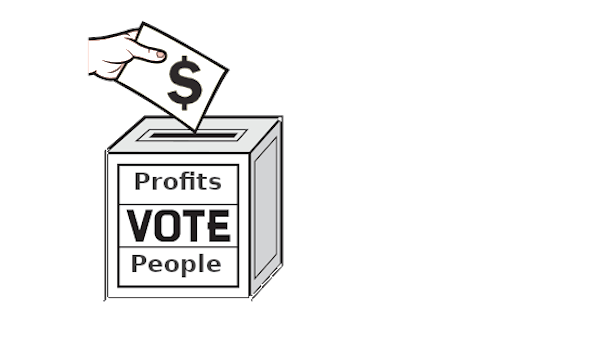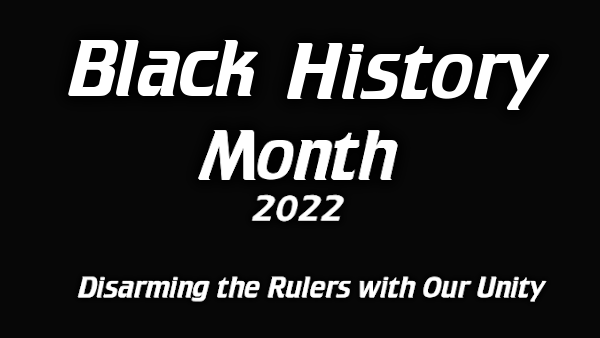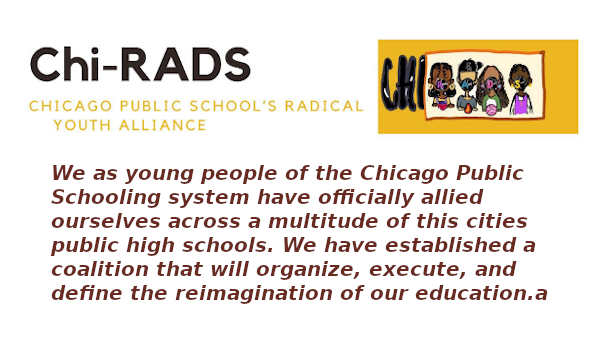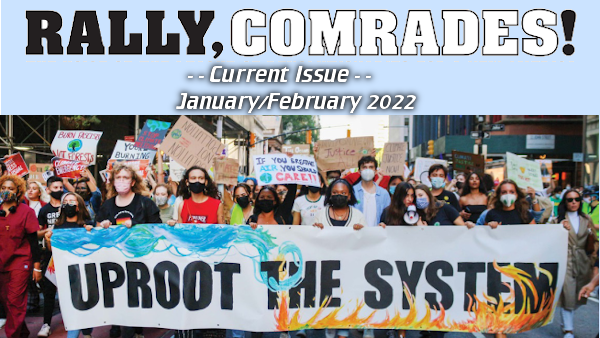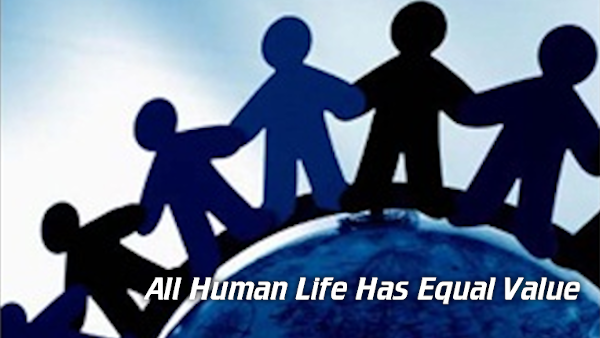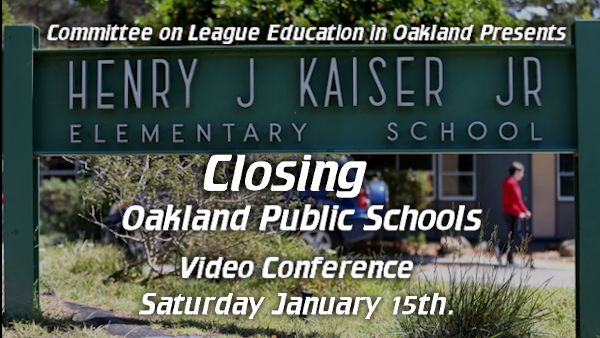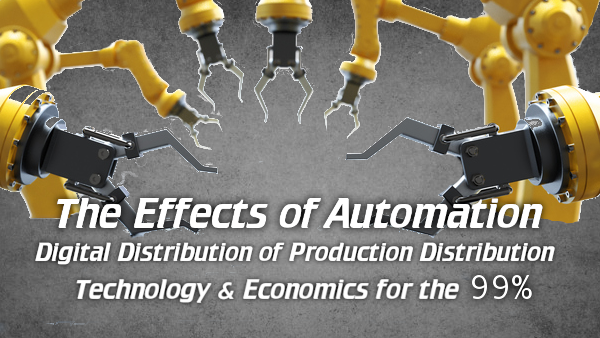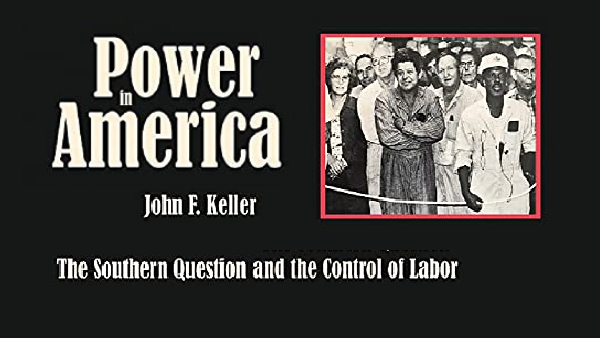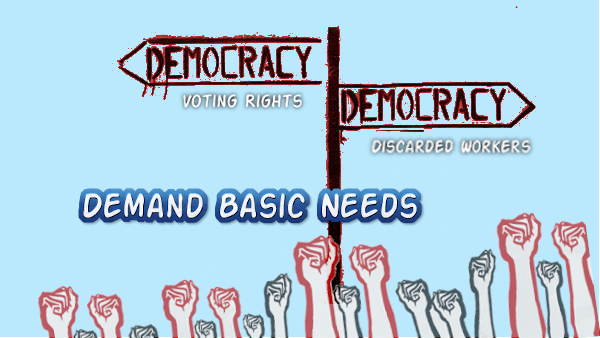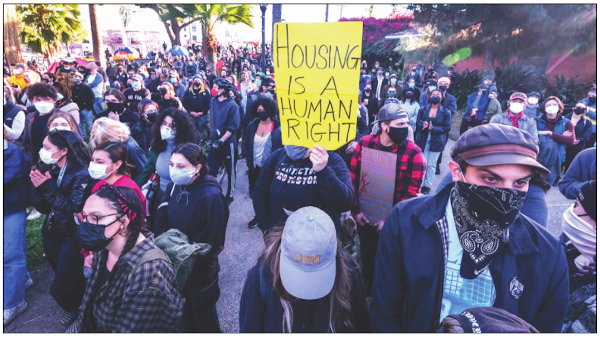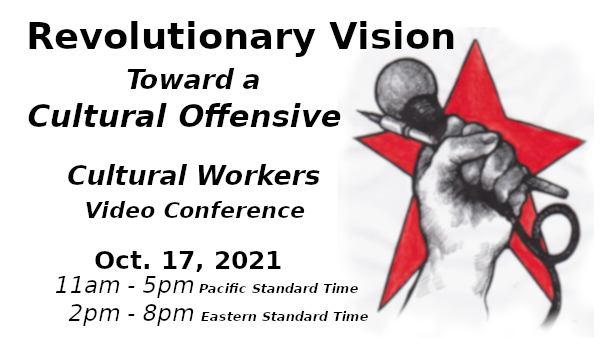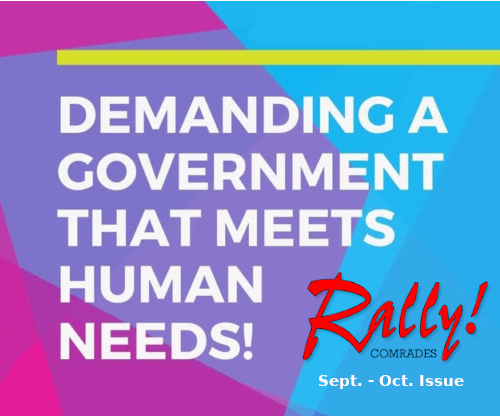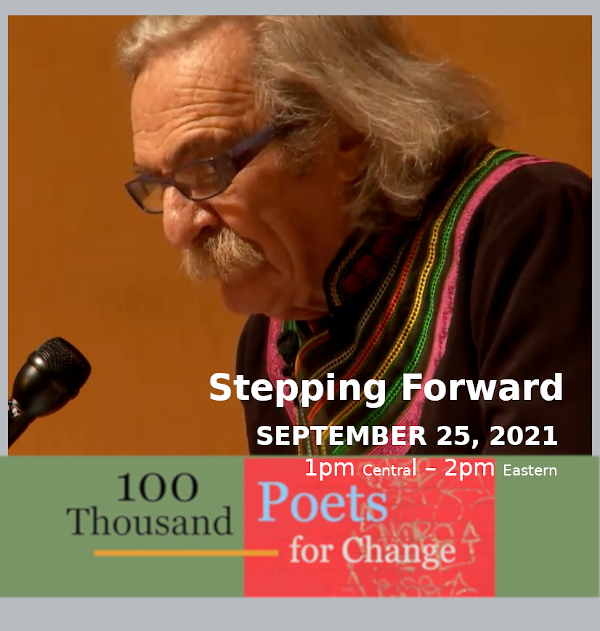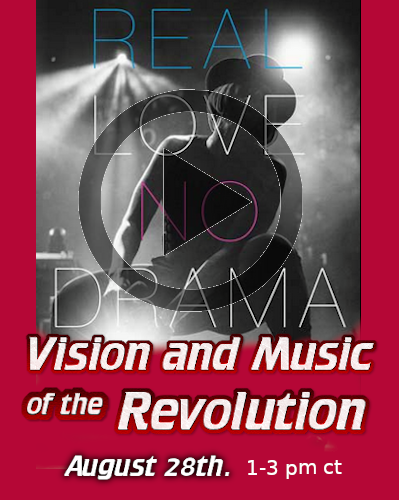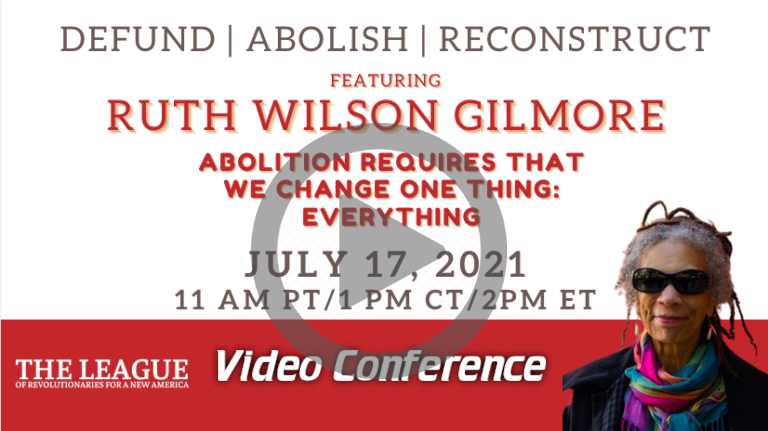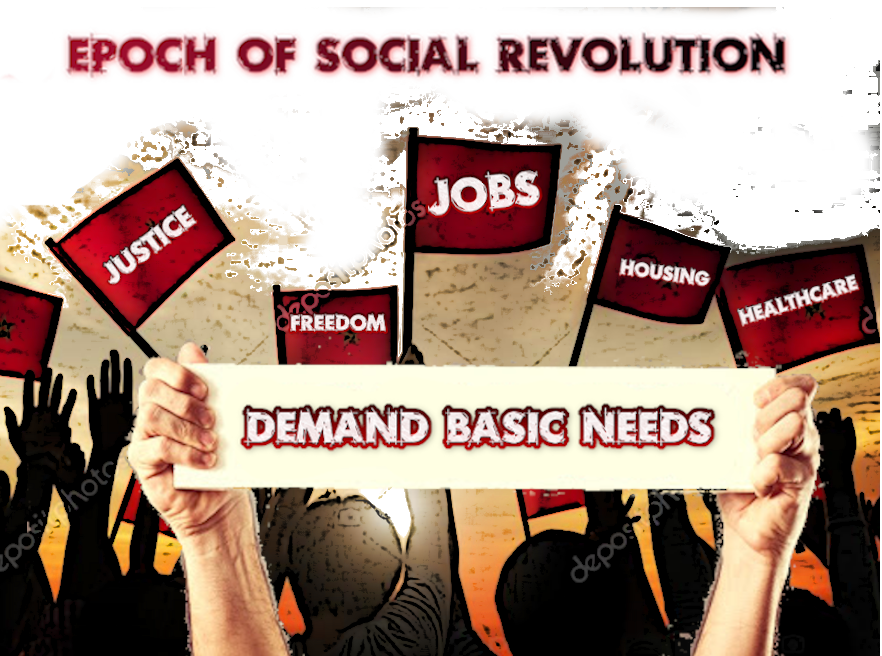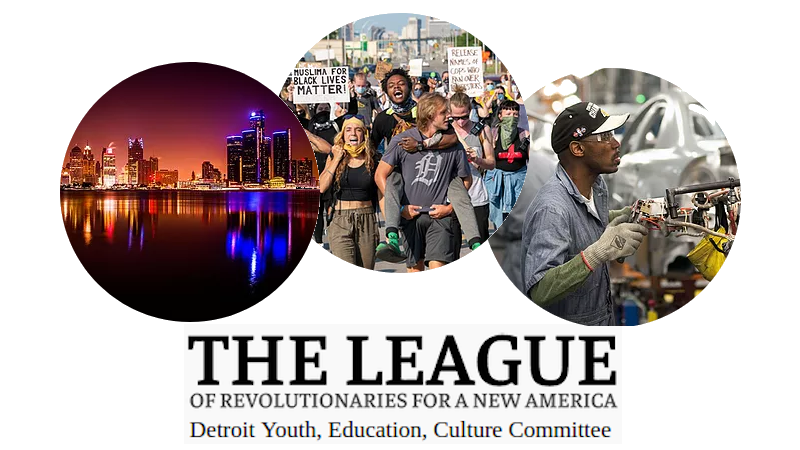Our Revolutionary History, Today’s Revolutionary Vision
Voice of the League of Revolutionaries for a New America
Examining, analyzing and drawing political conclusions about the most critical issues facing the revolutionary movement in the U.S. today
Our Revolutionary History, Today’s Revolutionary Vision
In all of life, everything has a beginning, and an end. Revolution marks the time of transition from the dying of the old and the birth of the new. We are in such a revolutionary time. Human history has proceeded from one revolutionary stage to another. Down through the ages an oppressed and exploited humanity has fought for a vision of a world free from scarcity, exploitation and class domination. Now once again we are at an epochal crossroads.

Every society has a material foundation, an objective basis. This material foundation is fundamentally the way in which societies go about organizing the economic production that is necessary to obtain the necessities of life. When in some manner that economic foundation is disrupted, revolution ensues. Society must ultimately be reorganized on a new foundation.
But human beings are the only real agents of change. Everything depends upon the what they think and what they do. This is where the revolution is fought out. Yet human beings can go forward only on the basis of what the material, objective conditions provide.
The Revolution of 1776
The American revolution of 1776 was one expression of the emergence of a new world-historical epoch, a new epoch of revolution. For over a thousand years the societies of Europe and across the globe were predominately agrarian societies, in which manual labor prevailed, and in which an agrarian aristocracy crowned a social hierarchy of being, culminating in the divine right of kings.
Yet out of these dark times new possibilities began to emerge. New means and ways of production and the development of world commerce and trade were being developed. The peasantry began to be uprooted, separated from the land, a propertyless mass in formation as a rising new proletariat. Scientific breakthroughs were being made, and the scientific method itself led to a new way of looking at the world. New ideas, new tools began to be introduced.
The conquest and colonization of the Americas was integral to the process of advancing the productive forces and the accumulation of wealth necessary to the launching of a new epoch, that destroyed the old agrarian societies and introduced a new mode of production and property. The native, Indigenous peoples were captured and sold into slavery. Millions of Africans were enslaved and sold to work in the fields of the Americas in what came to be a form of an agrarian capitalism. The “wretched of the earth” being created by the destruction of the agrarian economies of Europe were sold into indentured servitude in the new world of the Americas. It was all of these laboring, propertyless masses, exploited and forced into one form of involuntary servitude or another, that were to become the new American working class.
In the medieval period, slavery was a common practice across the world, as it had been for millennia. But the development of the slave plantations of the Americas and the American South represented a new kind of political economy, a chattel slavery in which the slaves themselves were a commodity. This kind of slavery developed on the basis of capitalism, and white supremacy developed as a theory of racial inferiority based on skin color.
As slavery expanded and grew, abolitionist forces opposed to slavery developed right alongside slavery, and in opposition to it. Abolitionist societies flourished across Europe, as with the Quakers in the American colonies. “Liberty, equality, fraternity” became the clarion call of the French Revolution.
In 1775 the Darien Scots in south Georgia were petitioning the leaders of the Revolution of 1776 to abolish slavery, at the same time that the slaveholding leaders of the Georgia delegation refused to sign the Declaration of Independence unless an anti-slavery provision was removed.
Independence meant freedom from the restraints of a feudal monarchy. It was part of the shift from an agrarian to an industrial society, but it meant that the form of rule had to shift as well, from monarchy to democracy, albeit a bourgeois democracy. Founded on the principle, “All men are created equal,” it did not include slaves or Native Americans or women or poor whites. It was really a democracy founded on the equality of white men of property.
Yet it was a social revolution that involved the whole of society, drawing in laboring and exploited sections of a developing working class who themselves had a stake in the revolution and who were fighting in their own interests. By 1760 there were eighteen uprisings aimed at overthrowing colonial governments. There were six Black rebellions, 40 riots. The city of Boston in 1765 was full of working-class anger. There was a growing recognition that something had to be done to persuade the workers to deflect their anger toward England, to join the revolutionary cause. Free Black men and women and slaves did join the revolution; more than 5,000 joined the American forces. Crispus Attucks was one of the first to give his life during the Boston Massacre in 1770. They were fighting for emancipation and equality, as did other class forces who united behind the cause of independence and a vision of emancipation and freedom.
The Civil War
On November 19, 1863, Abraham Lincoln spoke on the battlefield at Gettysburg and acknowledged the “unfinished work” of the American revolution. The cause of independence was attained, but the vision of emancipation and freedom to pursue life, liberty and happiness remained to be fought out another day. It became the cause of the Civil War, what Lincoln described as “a new birth of freedom.”
As the transition from an agrarian economy to an industrial capitalism continued to develop, the battle over slave labor and wage-labor intensified. Slavery, which had fueled the development of capitalism, now turned into its opposite. Slavery became a fetter upon further capitalist development. It was standing in the way of the full development of an industrial wage-labor capitalism.
These material developments coincided with the rising tide of abolitionism and the fight of the slaves for their emancipation. During the course of the Civil War, emancipation and freedom became its cause, freedom its vision. Slavery had to be abolished, and the cause was won. The Southern agrarian ruling class was overthrown, and the industrial capitalists of the North achieved supremacy. Slavery was abolished, but the defeat of Reconstruction meant that the Civil War vision of freedom and equality was not to be attained until a century later, in the 1960s.
Once the Southern oligarchy had been rendered subservient to northern finance capital, they were returned to power in the counter-revolution that brought on the era of Jim Crow.The Southern workers, both Black and white, were bound to the land in a sharecropping system which kept the South mired in an agrarian economy. A rigid segregation was imposed, reinforced by a theory of racial inferiority that bordered on the pathological.
The 1960s in the South saw the final completion of the industrial revolution. Technologies were developed in the 1940s that allowed for the mechanization of Southern agriculture, and the opening up of the South to industrialization and urbanization followed. The sharecropping system ended, and the Southern workers fled the farms for the factories of the North and the South. The Southern workers became fully integrated into the industrial workforce. The Civil Rights struggles for equality and freedom resulted in the restoration of voting rights and civil rights. A de jure Reconstruction had been obtained. The transition from labor enchained to the “free” labor of wage-slavery was completed.
On the Edge of History
Now, something profoundly new is happening. Now, a new technology that replaces and displaces human labor is eliminating wage-labor and destroying the capitalist system. Electronics, automation, computerized and robotic technology introduces an absolute antagonism into the material base of society. A new epoch of social revolution is underway, but this time it is a revolution to reorganize society on a new foundation, and the fulfillment of the ages-old yearnings of humanity to finally be free from all forms of exploitation and oppression.
Even as society is wracked with instability and crisis we see the vast polarization of wealth and poverty, and for the first time in human history, great abundance.
Today scarcity is imposed by the ruling class. Private property is standing in the way of the distribution of abundance according to need. We stand on the edge of being able to create a truly human history for the first time. Freed from want and exploitation, we will no longer have to struggle about getting a house, we will no longer have to worry about getting food, no longer worry about getting an education. The age-old divisions of white supremacy employed by the ruling class will no longer have a hold on us.
In this our revolutionary time, the cause and the vision of what has propelled the American revolutionary process is realized. Our cause – the abolition of private property. The vision of the toiling masses of the revolution of 1776 for a new America is our vision – what they envisioned as “happiness.” The vast movement underway today to obtain the basics of life is in reality a movement to overturn the system of class exploitation forever. This is our American revolutionary moment. RC
July/August 2021. vol.31. Ed4
This article originated in Rally, Comrades!
P.O. Box 477113 Chicago, IL 60647 rally@lrna.org
Free to reproduce unless otherwise marked.
Please include this message with any reproduction.






